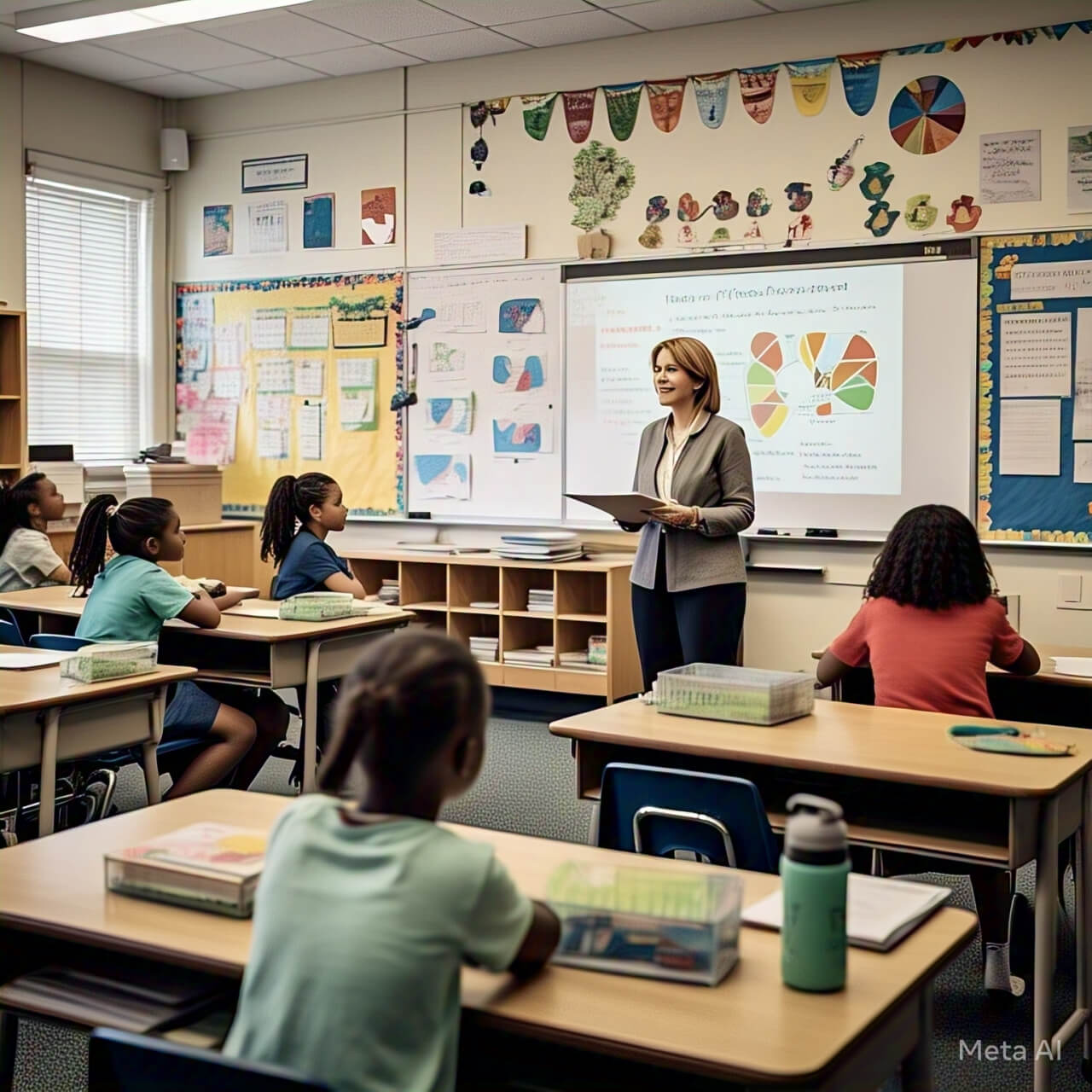How to Manage Classroom Behavior: Managing classroom behavior is one of the most important skills for teachers. A well-behaved classroom creates a positive learning environment where students can focus and succeed. However, managing behavior can be challenging, especially with diverse personalities and needs. The key is to set clear expectations, build strong relationships, and use consistent strategies.
When students understand the rules and feel respected, they are more likely to follow them. Effective behavior management also involves being proactive rather than reactive. This means anticipating potential issues and addressing them before they escalate. By using a mix of encouragement, clear communication, and fair consequences, teachers can create a classroom where everyone feels safe and motivated to learn.

10 Tips to Manage Classroom Behavior Effectively
- Set clear rules and expectations.
- Be consistent with consequences.
- Build positive relationships with students.
- Use praise and rewards for good behavior.
- Address issues calmly and privately.
- Keep students engaged in lessons.
- Use non-verbal cues to redirect behavior.
- Create a structured daily routine.
- Involve students in rule-making.
- Stay patient and model good behavior.
1. Set Clear Rules and Expectations
Clear rules help students understand what is expected of them. At the start of the school year, explain the rules and why they are important. Use simple language and examples to make sure everyone understands. Post the rules in the classroom as a reminder. When students know the boundaries, they are less likely to misbehave. Consistency is key—apply the rules fairly to everyone. This creates a sense of fairness and respect in the classroom.
2. Be Consistent with Consequences
Consistency helps students trust the system. If a rule is broken, follow through with the consequence every time. This doesn’t mean being harsh—consequences should be fair and match the behavior. For example, if a student talks out of turn, a gentle reminder might be enough. For more serious issues, a private conversation or a time-out might be needed. Consistency shows students that rules matter and helps them feel secure.
3. Build Positive Relationships with Students
When students feel valued, they are more likely to behave well. Take time to get to know your students—their interests, strengths, and challenges. Greet them by name, listen to their concerns, and show empathy. A positive relationship builds trust and respect, making students more willing to follow rules and cooperate.
4. Use Praise and Rewards for Good Behavior
Positive reinforcement works better than punishment. Praise students when they follow rules or show improvement. Rewards can be simple, like a sticker, extra free time, or a shout-out in class. This encourages students to repeat good behavior and motivates others to do the same.
5. Address Issues Calmly and Privately
Public scolding can embarrass students and make behavior worse. Instead, address issues privately. Speak calmly and listen to the student’s side of the story. This shows respect and helps resolve the issue without escalating it.
6. Keep Students Engaged in Lessons
Boredom often leads to misbehavior. Plan interesting and interactive lessons that keep students engaged. Use visuals, group activities, and hands-on projects. When students are busy learning, they have less time to misbehave.
7. Use Non-Verbal Cues to Redirect Behavior
Non-verbal cues, like a look or a hand signal, can redirect behavior without disrupting the class. This is a subtle way to remind students to stay on task without drawing attention to them.
8. Create a Structured Daily Routine
A predictable routine helps students feel secure. Start each day with a clear schedule and stick to it. When students know what to expect, they are less likely to act out.
9. Involve Students in Rule-Making
When students help create the rules, they feel a sense of ownership. Discuss the rules as a class and let students suggest ideas. This makes them more likely to follow the rules and hold each other accountable.
10. Stay Patient and Model Good Behavior
Teachers set the tone for the classroom. Stay calm, even when behavior is challenging. Model the behavior you want to see—like respect, patience, and kindness. Students often mirror the teacher’s attitude.

FAQs
| Question | Answer |
|---|---|
| How can I set clear rules for my classroom? | Explain rules simply, post them visibly, and discuss them with students. |
| What are good consequences for misbehavior? | Use fair consequences like reminders, time-outs, or private conversations. |
| How can I build positive relationships? | Get to know students, listen to them, and show empathy. |
| Why is praise important in behavior management? | Praise encourages good behavior and motivates students to follow rules. |
| How can I keep students engaged in lessons? | Use interactive activities, visuals, and hands-on projects. |


